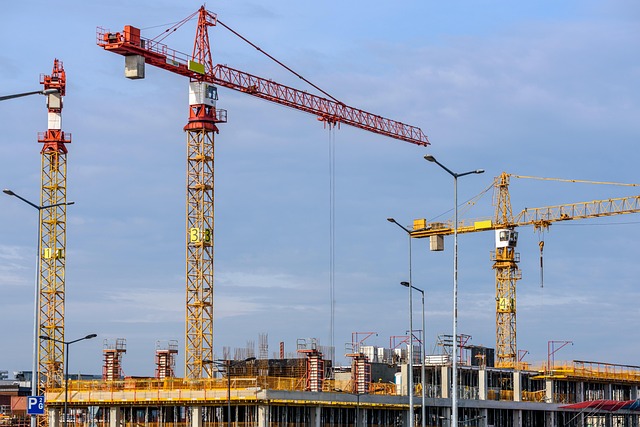Crane: Types, Uses, and Safety in Construction Machinery
A crane is a machine designed to lift, lower and move heavy loads horizontally using a combination of mechanical advantage and structural design. Cranes range from compact, portable units to large tower cranes and are essential across industries where heavy lifting is required. This article explains how cranes operate, when a small crane is appropriate, common lifting equipment, their role in construction, and the maintenance needs of related machinery.

What is a crane and how does it work?
A crane is a lifting device that uses ropes or chains, motors, and structural components such as booms, jibs, and counterweights to handle loads. Basic principles include leverage, mechanical advantage from pulleys and winches, and load distribution through the crane’s structure. Cranes are classified by mobility (mobile, tower, overhead), power source (electric, diesel, hydraulic), and purpose (lifting, hoisting, material handling). Understanding rated load capacity and safe working limits is essential for operators and site planners.
When is a small crane appropriate?
A small crane is suitable for sites with limited space, lighter lifts, or short-duration tasks such as roofing, façade installation, and indoor rigging. Small cranes include mini crawler cranes, compact truck-mounted cranes, and pickup-mounted hoists. They can reduce setup time and may access tight yards or sites with restricted overhead clearance. Choosing a small crane involves assessing lift weight, reach requirements, ground conditions, and whether local services offer certified operators and appropriate transport.
What lifting equipment complements cranes?
Lifting equipment extends crane capability and ensures safe load handling. Common items include slings (wire rope or synthetic), shackles, spreader bars, lifting beams, hooks, and load monitoring devices like load cells. Rigging hardware must be rated for the intended loads and inspected regularly. Taglines, guide ropes, and vibration damping accessories help control suspended loads. Integrating correct lifting equipment reduces the risk of load slippage, imbalance, or swinging that can compromise safety and project timelines.
How are cranes used in construction projects?
In construction, cranes are central to moving materials, placing structural components, and assembling large elements. Tower cranes provide high reach and capacity for tall buildings, while mobile cranes support foundation work, steel erection, and concrete placing. Site planning considers crane footprint, lifting radius, obstruction clearance, and interaction with other machinery. Logistics such as traffic management, ground bearing capacity, and sequencing lifts are coordinated to minimize downtime and ensure that each crane lift follows the project schedule and safety protocols.
What maintenance do machinery and cranes require?
Regular maintenance keeps machinery safe and operational. Inspections include checking structural members for cracks or deformation, testing wire ropes and hydraulic systems, and verifying limits and emergency systems. Routine tasks: lubrication, filter changes, bolt torque checks, and function tests of brakes and hoists. Manufacturers provide maintenance schedules tied to hours of operation; additionally, qualified technicians must certify periodic thorough inspections. Proper maintenance reduces downtime, extends equipment life, and improves predictable performance on construction sites.
Conclusion
Cranes are versatile machines that combine engineering principles with practical rigging to move heavy loads across many industries. Selecting the right crane—whether a small crane for constrained sites or a larger unit for heavy structural lifts—depends on lift requirements, site conditions, and the availability of trained operators. Complementary lifting equipment and consistent maintenance are critical to safe, efficient operations and to maximizing the lifespan of construction machinery.






